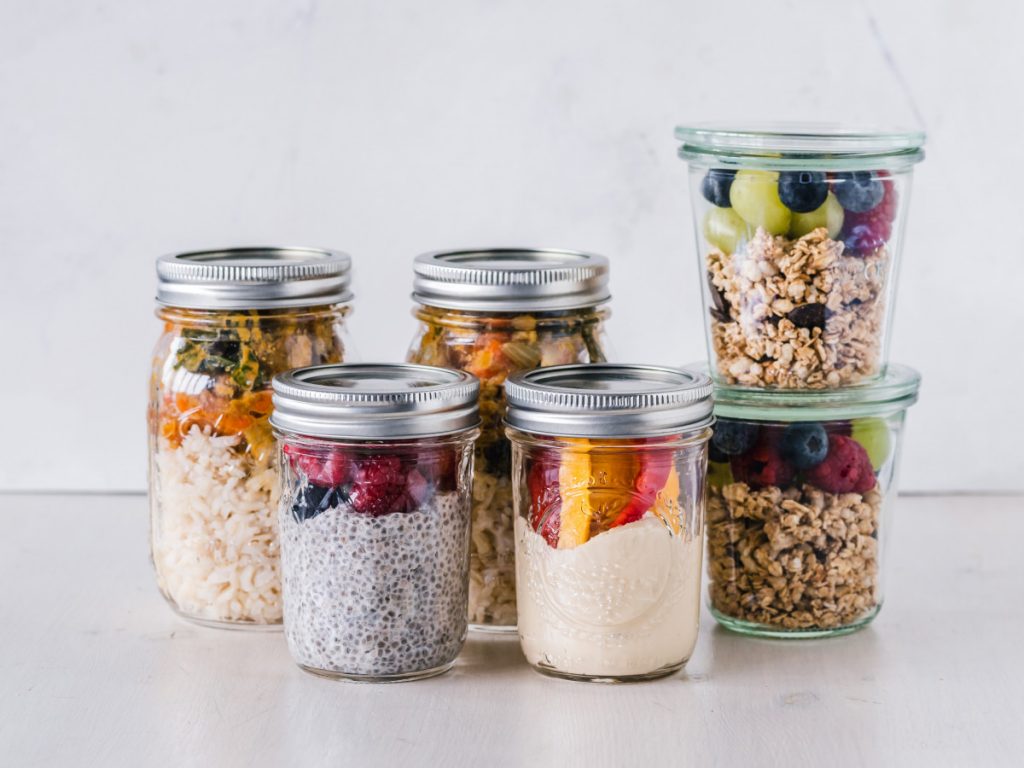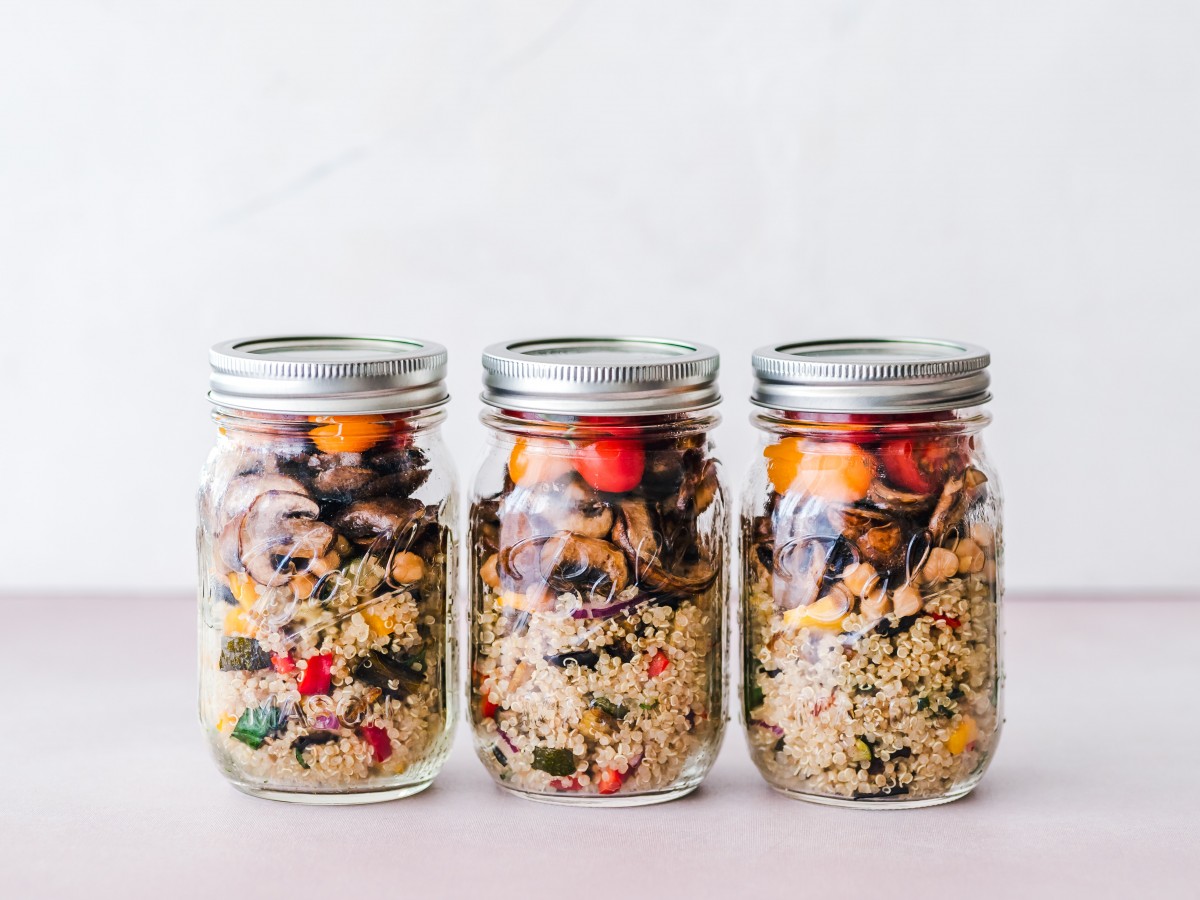
How to Store Food Without a Refrigerator
Contents
– Focus on foods that can be stored without the refrigerator
– Step 1: Choose the right method for storing food without a refrigerator
– Step 2: Make sure your food is hygienic before it is sterilized or dehydrated
– Step 3: Case 1: Appertize your food
– Step 3: Case 2: Dehydrate your food
– Step 4: Store foods properly without a refrigerator
Some foods can be stored without a refrigerator, taking a few precautions to ensure that the food is safe to eat at room temperature. For a long-term solution, in an ecological concern or for an occasional conservation trick, here are all the steps to respect to preserve food without refrigerators.
Focus on foods that can be stored without a refrigerator
Everything starts with the choice of food. According to their composition, they are more or less perishable and require to observe more or less strict conservation rules.
Foods that can’t go without refrigeration
Some foods can not do without refrigeration for their conservation because they degrade quickly and are then unfit for consumption if they are not kept at low temperatures. This is the case for:
– fresh fish, seafood, fresh meat;
– opened milk, yogurts, and fresh cheeses containing a lot of water, such as mozzarella.
It is also dangerous to keep some prepared meals leftovers, which are unsuitable for sterilization.
Foods that need to be treated for storage outside the refrigerator
Some foods need to follow strict rules to be preserved without refrigerators. This is the case with cooked animal products: meat, cold cuts, fish, seafood, and vegetable, legume and starch dishes.
These food products must undergo a heat treatment to preserve themselves or a modification of their composition and their environment. These foods are preserved through appertization or dehydration.
Foods that can be preserved without a refrigerator and special treatment
Some foods keep very well without refrigerators: eggs, fresh vegetables, and dried foods.
Only a few storage precautions are necessary; go directly to step 4.
1. Choose the right method for off-fridge storage

Among the methods of food conservation outside the refrigerator are appertization and dehydration. Their purpose is to avoid the intrusion, formation and development of micro-organisms, acting on one of the favourable factors: temperature, water and air.
– The appertization consists of sterilizing food placed in hermetically sealed containers, protected from air and external contaminants, by subjecting them to a source of heat sufficient to generate the destruction of germs that can alter the healthiness of food. In this way, we obtain “preserves”. All vegetable and animal products can be preserved for a whole year: cooked foods or preparations based on fruits or vegetables or recipes based on meat, fish, legumes, and starchy foods.
– Dehydration removes water from food by subjecting it to a moderate heat source. Water is a condition of altering the salubrity of food by dehydrating a portion of food. This composition allows him to preserve itself at room temperature, without danger, for several months. Fruits, vegetables, aromatic herbs, meat, and fish are well suited to this process. These foods can then be consumed or rehydrated in water before being eaten.
Note: dehydration is not suitable for fruits that are very rich in water, such as watermelon, for eggs because there is a risk of salmonellosis and for fatty foods because the fat dries poorly and can go rancid.
These 2 food preservation processes are different from freezing which kills or stops the growth and proliferation of pathogenic micro-organisms by negative temperatures. They allow long-term conservation at room temperature.
2. Ensure food hygiene before sterilization or dehydration
Before sterilizing or dehydrating food:
– Fresh plants need to be cleaned of certain impurities to be preserved. For that, you must wash your vegetables with their skin using a brush and water with bicarbonate of soda.
– Meat, fish, dishes or other food products intended to be dehydrated or appertized must be stored immediately after purchase or preparation or be preserved correctly (respecting the time and temperature of conservation specific to the foodstuff) until appertization or dehydration, to avoid the presence of any undesirable, potentially dangerous molecule.
Please note: plants stored at room temperature should only be washed at the time of preparation or consumption. Washing them in advance accelerates the degradation and the proliferation of bacteria.
3. Case 1: Sterilize your food
– Wash and disinfect your workspace and kitchen utensils with hot water and white vinegar.
– Do the same with the food jars, then plunge them into boiling water and wipe them with a clean cloth.
– Blanch the vegetables (immerse them in boiling salted water for a few minutes), pre-cook the food or cook the food to be sterilized – a very important step because this first heat treatment not only sanitizes the food by destroying any pathogens but also helps control the water content of the food.
– Fill jars that have been disinfected beforehand.
– Cover the food or preparation with juice (oil, salty marinade, sweet water, cooking juice, for example). This allows for even heat transfer during sterilization.
– Close the jars.
– Place the jars in a pressure cooker with the bottom covered with a cloth or sterilizer, and cover them completely with water.
– Close your pressure cooker or sterilizer and respect the cooking time required to sterilize your food.
Stop the heat source, open your pressure cooker or sterilizer and let the water cool naturally before collecting your canned goods.
Caution: Beware of botulism. Botulinum toxin poisoning is serious. It can affect people who consume cold home canned goods that have not followed all of the steps in the manufacturing process listed above.
3. Case 2: Dehydrate your food
– Wash and disinfect your workspace and kitchen utensils with hot water and white vinegar.
– Do the same with the jars containing the dehydrated food, then immerse them in boiling water and wipe them with a clean cloth.
– Cut pieces of meat, fruit and vegetables of the same size and thickness.
– Salt the pieces of meat.
– Lay them flat on a baking sheet.
– Place in a dehydrator or oven at a very low temperature (60 to 90°C).
– Blot regularly with a paper towel.
– Turn off your dehydrator or oven when there is no more apparent moisture. This takes several hours.
– Place the dried food in a glass jar.
Note: After being dehydrated, food can be stored in an air vacuum for better preservation. This is done with a vacuum sealer that sucks the air out of the container in which the dehydrated food is placed. It is necessary to use boxes specially designed for this purpose or vacuum bags.
4. Correctly storing foods without a refrigerator
Whatever the food to be preserved without a refrigerator, whatever the treatment it has undergone or not, 2 rules must be observed:
– Storage should be done away from light, in a dark and cool room.
– For the conservation of fresh plants, some additional precautions are necessary: it is a question of slightly humidifying the vegetables and fruits using a sprayer from time to time. They should be stored flat, one next to the other, in crates or wicker baskets. Carrots and leeks can be stored in a sandbox.
Note: apples and bananas emit ethylene gas, forcing the ripening of other plants with which they are stored. Separate them from other plants. Ethylene gas, on the other hand, will stop the germination of potatoes.
Materials needed to store food without a refrigerator
Baking soda
Jars
Brush
Cloth
Paper towels
Fine salt
Electric sterilizer
White vinegar
